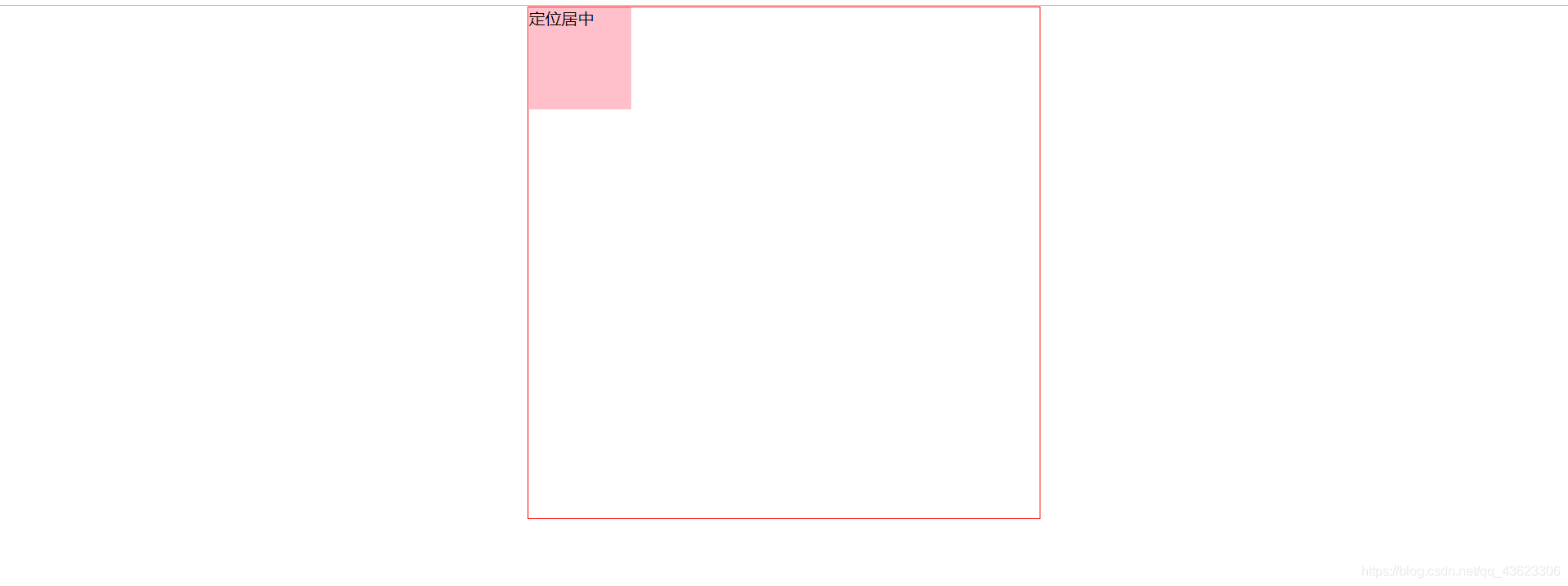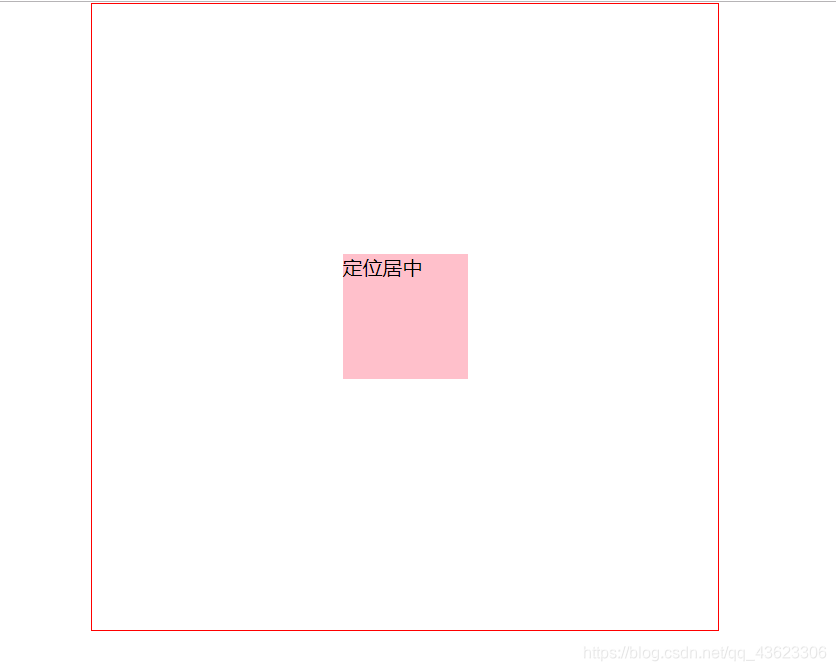relative、absolute 定位小总结:
一、relative 定位总结:
特点:
1.除了位置被left等四个属性影响,对元素没有任何影响(大小)
2.只设置position属性,元素没有任何变化
3.元素的参照位置是自身的初始位置
4.定位偏移后,元素的位置会被保留
5.定位元素会被提升层级,会遮挡没有定位的元素;如果都有定位,下面的元素层级会大于上面的元素
使用场景:
1.一定不能代替padding或者margin大面积使用
2.没有依赖关系的元素,可以用相对定位做位置的微调
3.只要能用padding,margin,floa解决的就不用relative定位
存在价值:
配合绝对定位(absolute)使用
<!DOCTYPE html>
<html lang="en">
<head>
<meta charset="UTF-8">
<meta name="viewport" content="width=device-width, initial-scale=1.0">
<meta http-equiv="X-UA-Compatible" content="ie=edge">
<title>relative相对定位</title>
<style>
.box {
border: 1px solid red;
}
.box div {
background-color: green;
}
/* 每个元素可以使用的顶部,底部,左侧和右侧属性定位。然而,这些属性无法工作,除非是先设定position属性 */
div.div1 {
background: #0000ff;
left: 10px;
top: 200px;
position: relative;
}
div.div2 {
background:yellow;
position: relative;
top: 10px;
}
div.div3 {
background:red;
position: relative;
/* top: 10px; */
}
</style>
</head>
<body>
<div class="box">
<div class="div1">
div1
</div>
<div class="div2">
div2
</div>
<div class="div3">
div3
</div>
<div class="div4">
div4
</div>
</div>
</body>
</html>
如图所示:

二、absolute 定位总结:
绝对定位特点:(和浮动类似)
1.块元素或者内联元素,设置绝对定位以后,都变成了内容撑起大小,支持宽高等设置
(修改了元素的特性,变成了定位元素!)
2.完全脱离了文档流,层级提升了
3.不能解决父元素高度塌陷问题(不能乱用)
参照:
绝对定位的元素的位置相对于最近的已定位父元素,如果元素没有已定位的父元素,那么它的位置相对于<html>:
使用技巧:
子元素使用绝对定位absolute父元素
<!DOCTYPE html>
<html lang="en">
<head>
<meta charset="UTF-8">
<meta name="viewport" content="width=device-width, initial-scale=1.0">
<meta http-equiv="X-UA-Compatible" content="ie=edge">
<title>absolute绝对定位</title>
<style>
.box {
border: 1px solid rgb(12, 7, 7);
/* 让绝对定位的子元素参照自己
使用relative原因是相对定位不会对元素产生其他影响
*/
position: relative;
width: 200px;
height: 200px;
}
.box div {
background-color: green;
position: absolute;
width: 50px;
height: 50px;
}
div.div1 {
background-color: #0000ff;
color: #fff;
position: absolute;
}
div.div2 {
background: #cccccc;
right: 0px;
top: 0px;
z-index: 777;
}
div.div3 {
background: yellow;
left: 0px;
bottom: 0px;
}
div.div4 {
background: pink;
right: 0px;
bottom: 0px;
}
div.div5 {
background: red;
left: 75px;
top: 75px;
}
</style>
</head>
<body>
<div class="box">
<div class="div1">
div1
</div>
<div class="div2">
div2
</div>
<div class="div3">
div3
</div>
<div class="div4">
div4
</div>
<div class="div5">
div5
</div>
</div>
</body>
</html>
如图所示:

利用定位实现居中效果
<!DOCTYPE html>
<html lang="en">
<head>
<meta charset="UTF-8">
<meta name="viewport" content="width=device-width, initial-scale=1.0">
<meta http-equiv="X-UA-Compatible" content="ie=edge">
<title>Document</title>
<style>
*{
padding: 0px;
margin: 0px;
}
.box1 {
width: 500px;
height: 500px;
margin: auto;
border: 1px solid red;
position: relative;
}
.box2 {
width: 100px;
height: 100px;
background: pink;
position: absolute;
}
</style>
</head>
<body>
<div class="box1">
<div class="box2">
定位居中
</div>
</div>
</body>
</html>
如图所示:

给 .box2 添加left、right、top、bottom、margin值 实现 box2 居中效果
.box2 {
left: 0;
right: 0;
top: 0;
bottom: 0;
margin: auto;
}

如果不给 box2 宽度,只给left、right值,box2会被左右拉伸(高度原理相同)
.box2 {
height: 100px;
background: pink;
position: absolute;
left: 0;
right: 0;
}









 本文总结了CSS中的relative和absolute定位特点,relative定位不影响元素大小,常用于微调,而absolute定位完全脱离文档流,适用于子元素相对于父元素定位。通过设置left、right、top、bottom和margin可以实现元素的居中效果。若不指定宽度,只设置left和right,元素会被拉伸。
本文总结了CSS中的relative和absolute定位特点,relative定位不影响元素大小,常用于微调,而absolute定位完全脱离文档流,适用于子元素相对于父元素定位。通过设置left、right、top、bottom和margin可以实现元素的居中效果。若不指定宽度,只设置left和right,元素会被拉伸。
















 1939
1939

 被折叠的 条评论
为什么被折叠?
被折叠的 条评论
为什么被折叠?








